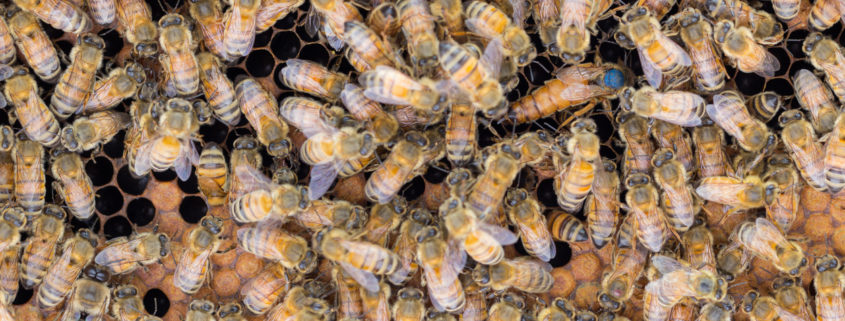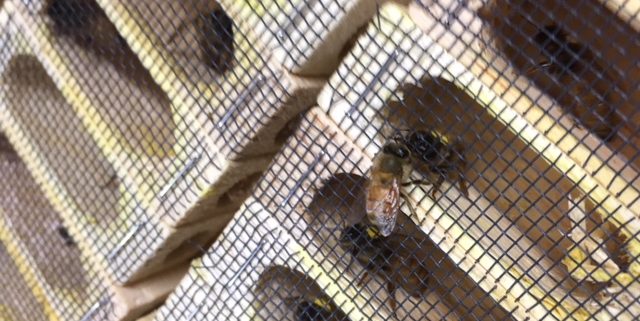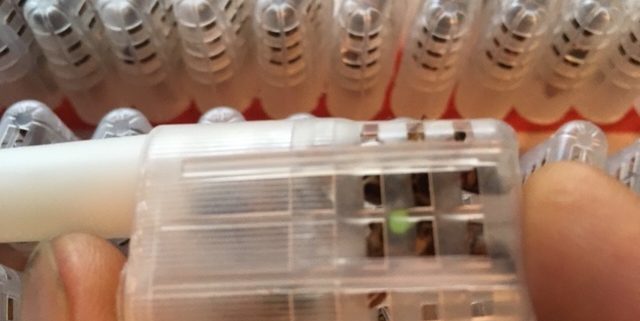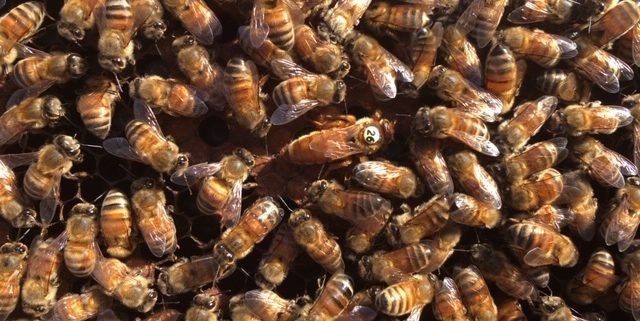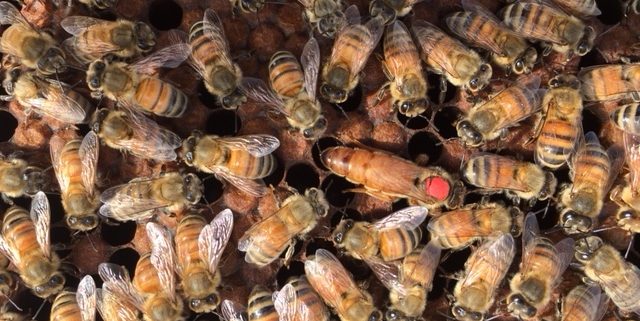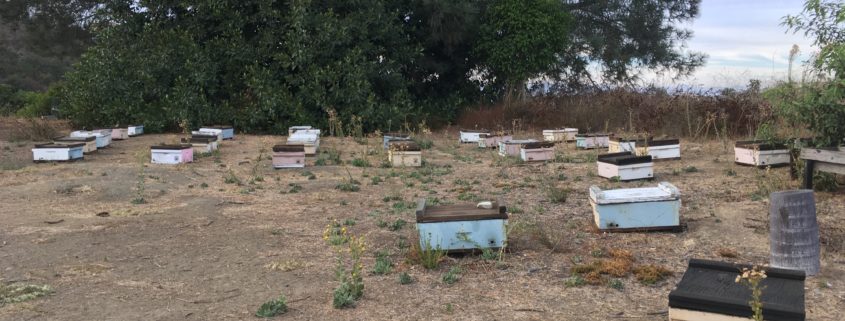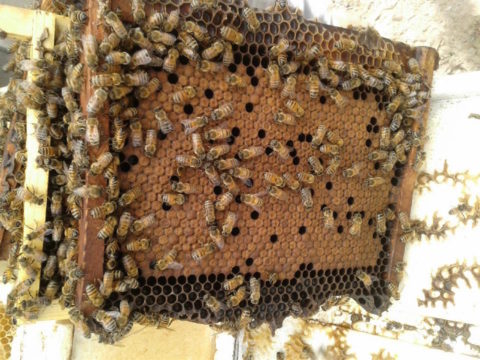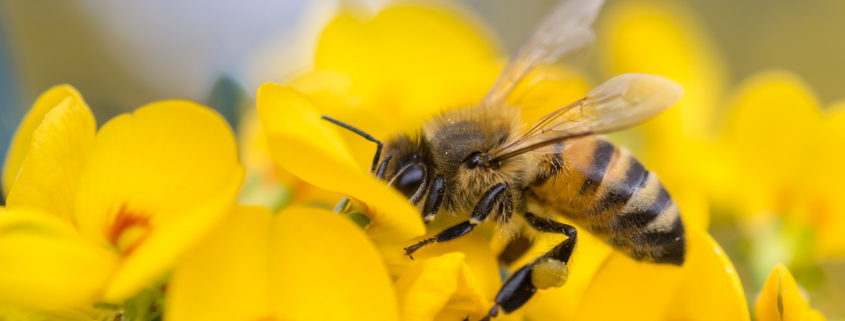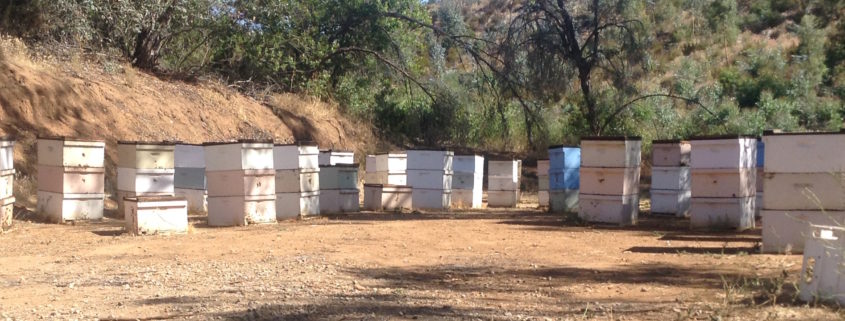Can Queen Bees Sting?
Every queen bee has a stinger, and is fully capable of using it. Queen bees, however, almost never sting people; they reserve their stinging for other queen bees.
At Wildflower Meadows, we hold, mark and cage tens of thousands of queens each year. As uncomfortable as it must be for the queens to endure this, they never take it out on our team by stinging us. Instead, our queens seem to maintain a peaceful and graceful quality. They don’t even try to sting us. Our colleagues and friends from other queen producing companies report the same; queens, whatever their genetics, simply don’t sting humans. In the miniscule times where it has been reported that a queen actually has stung a person, we have heard that the sting is not as painful to a person as that of a worker bee.
This could be that because, unlike a worker bee, a queen bee’s stinger is smooth and not barbed. Given that a queen bee’s stinger is smooth, this means that she can theoretically sting multiple times without losing her stinger and dying in the process. This is unlike what happens to a worker bee, which loses her stinger and dies in the process of stinging.
So, what is the point of the queen bee’s stinger? Her stinger is reserved as a weapon to use against other queens. Because queen honeybees rarely tolerate other queen bees within their midst, they need a way to attack them with force. When a queen encounters another queen, the result is often a fight-to-the-death. In such a fight, a queen’s stinger serves as her primary weapon. When a queen bee attacks another queen, it is her stinger that delivers the deathblow.
Queens not only sting other active queens, but they also – believe it or not – sting the developing queen pupae inside of queen cells! Queens are so hostile towards each other that a mature queen will poke her stinger right through the outside casing of a mature queen cell in order to kill the undeveloped future queen inside the cell. Thank goodness that we beekeepers are not the recipients of this kind of wrath!

